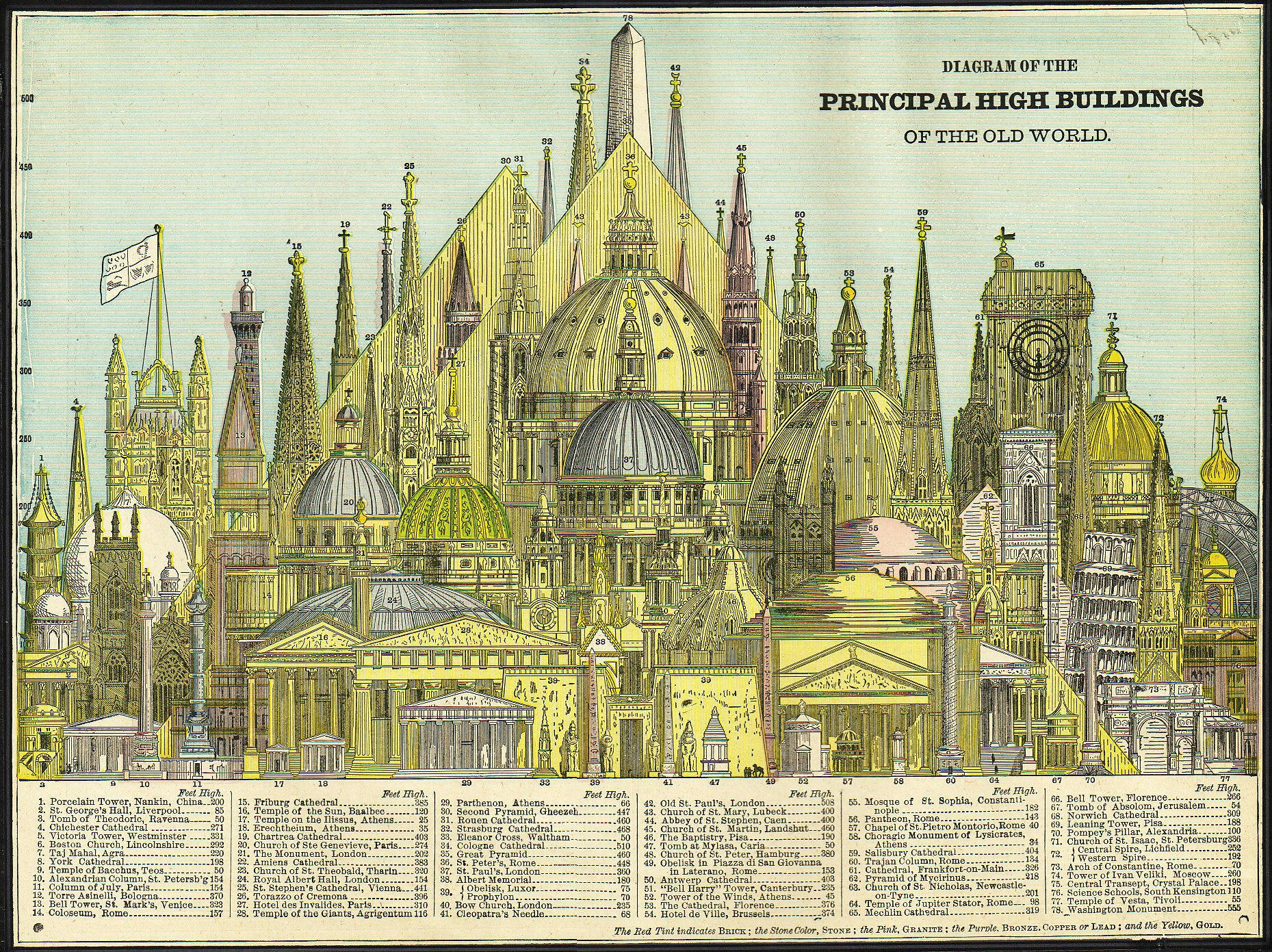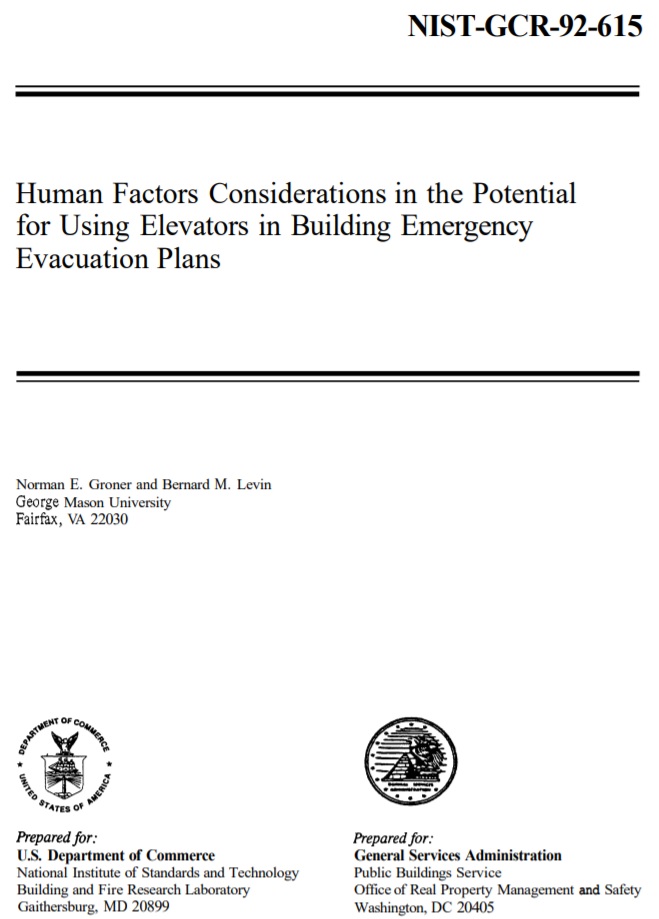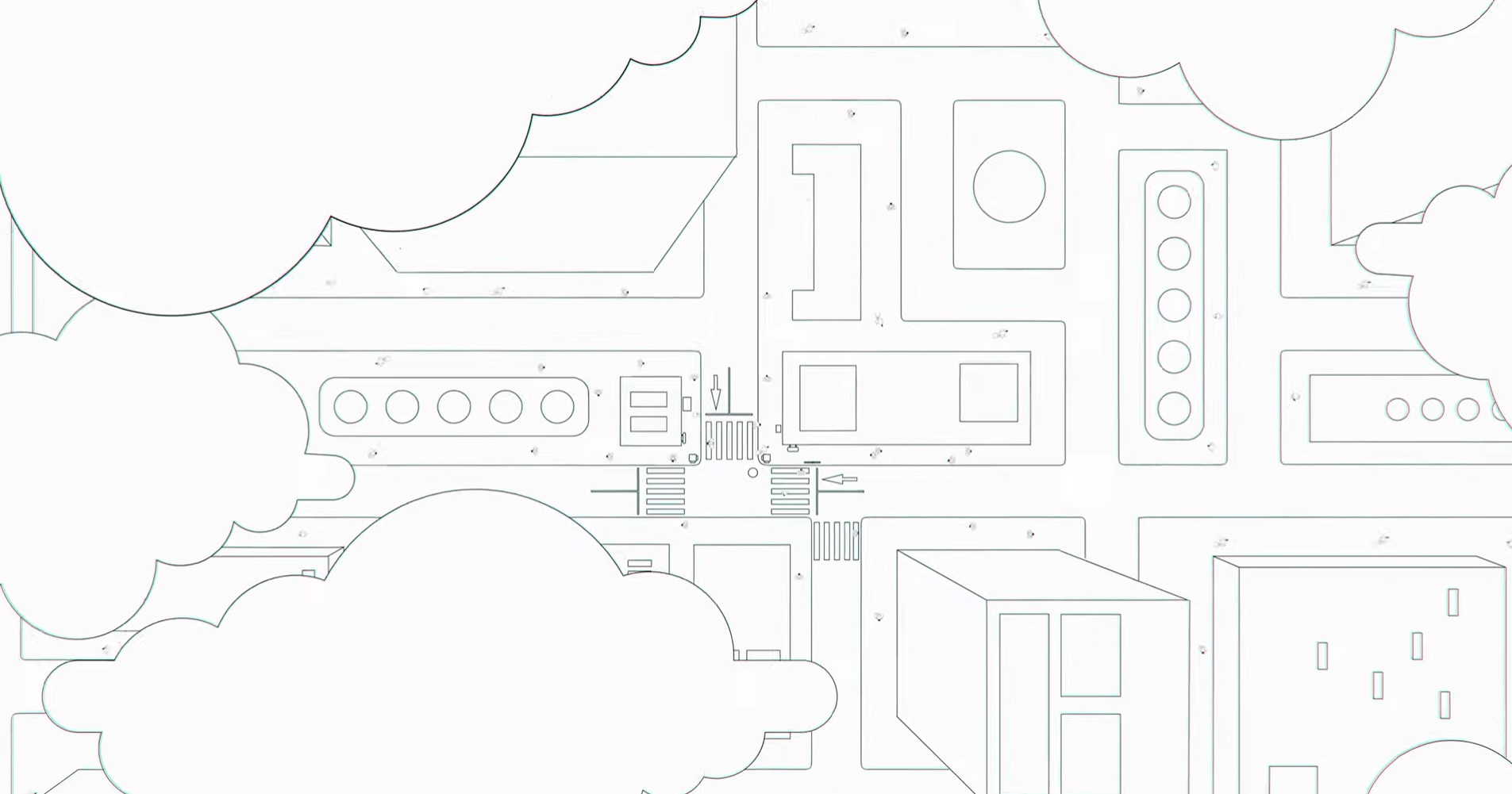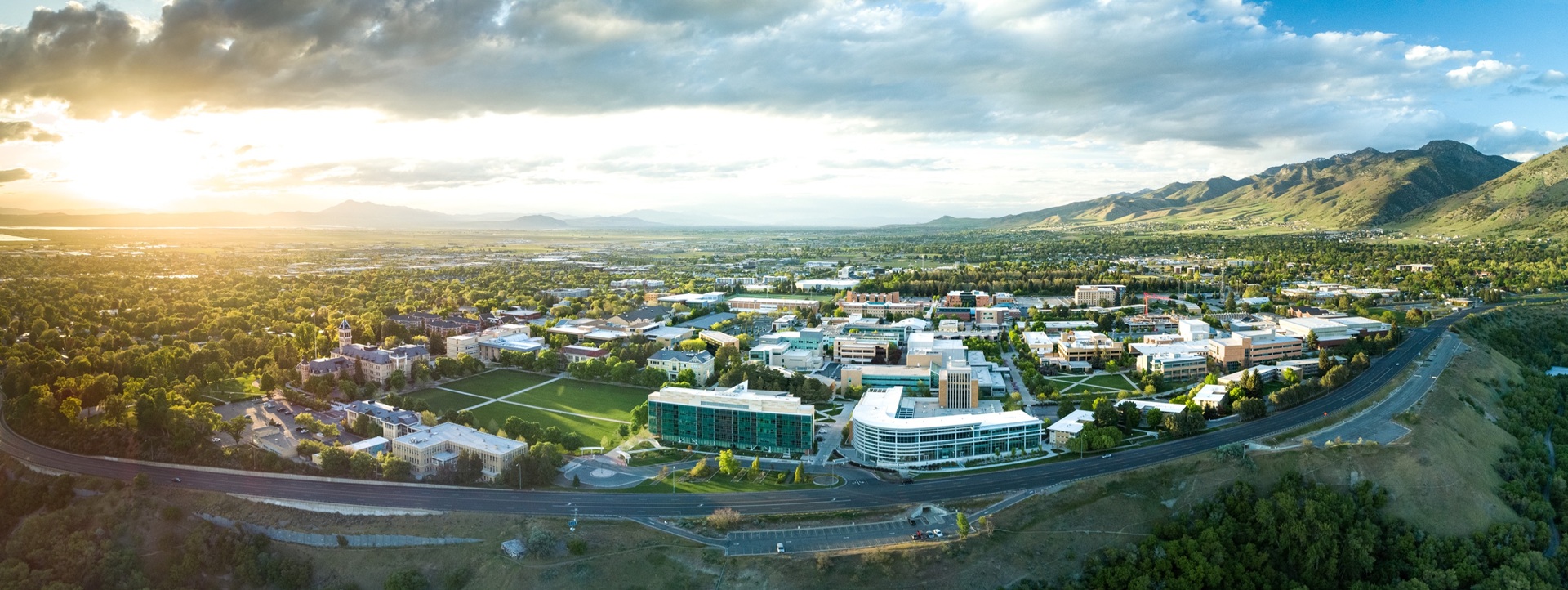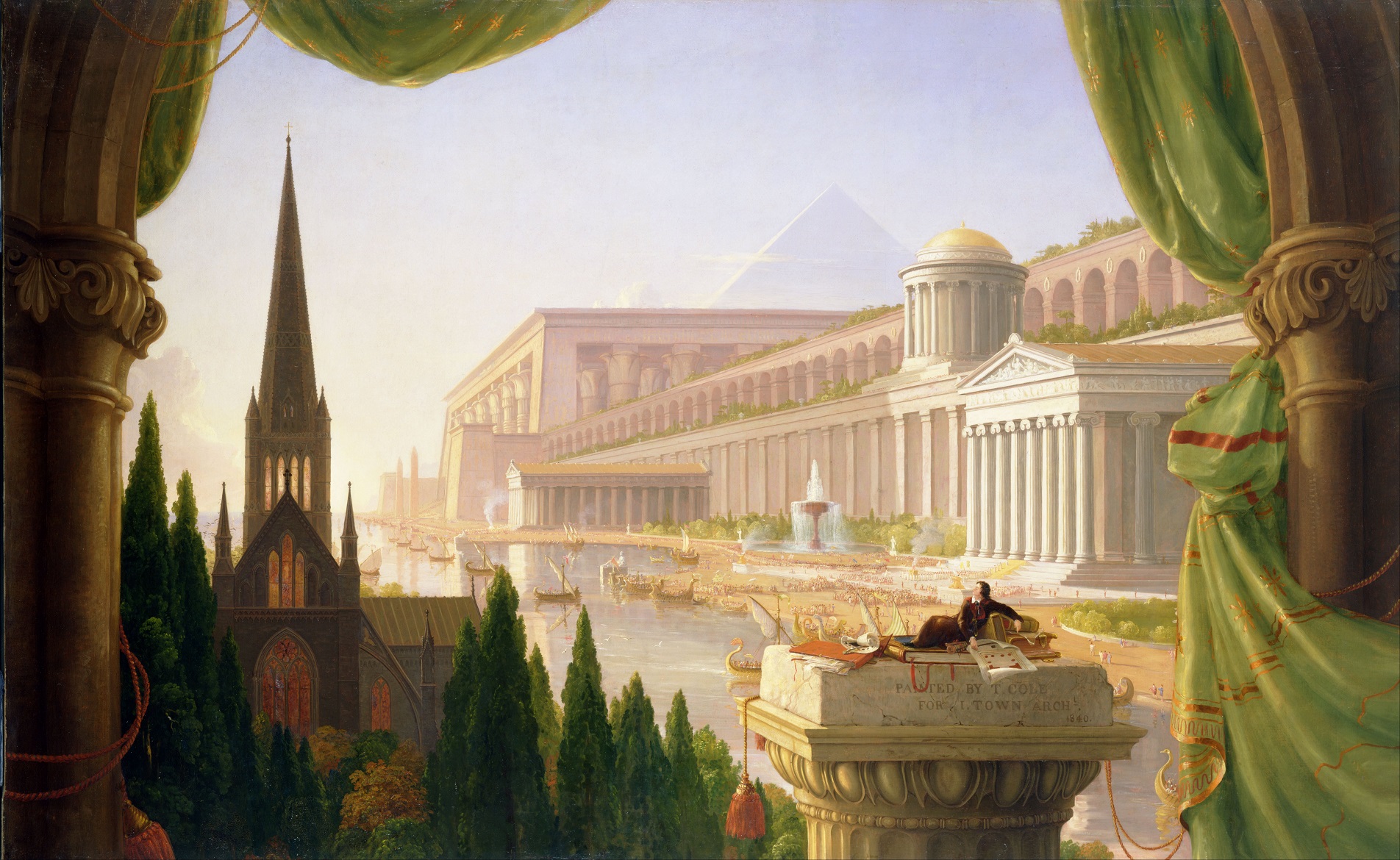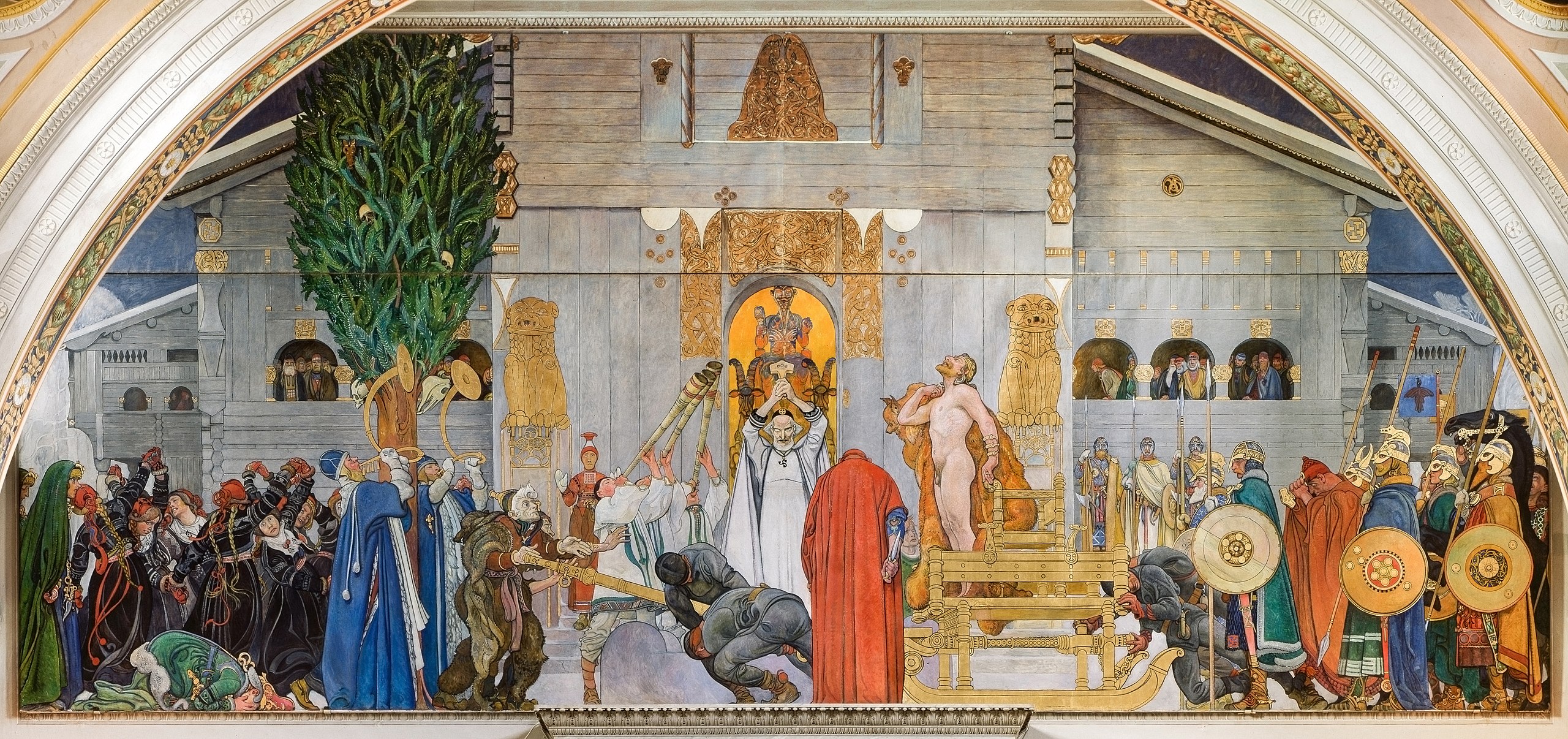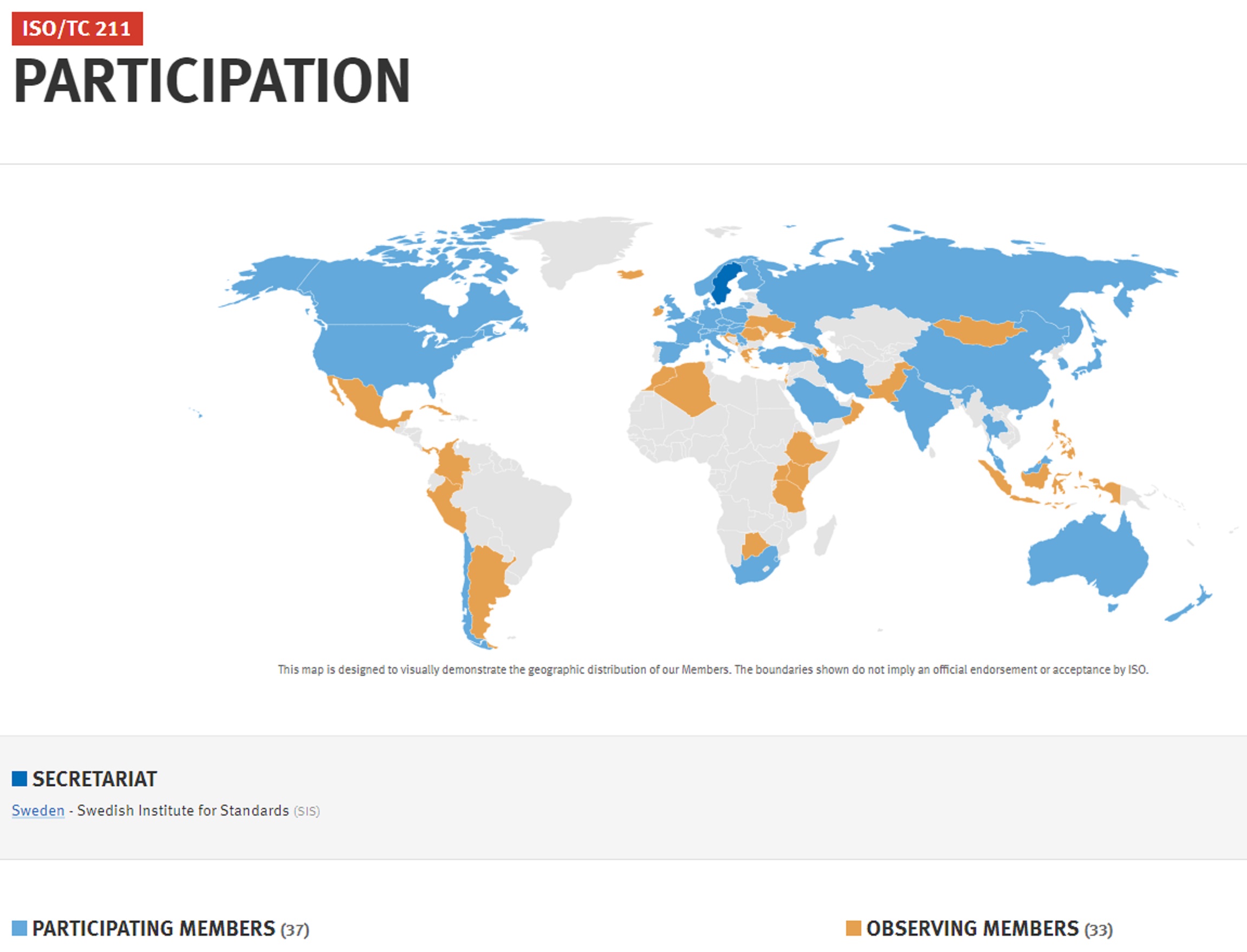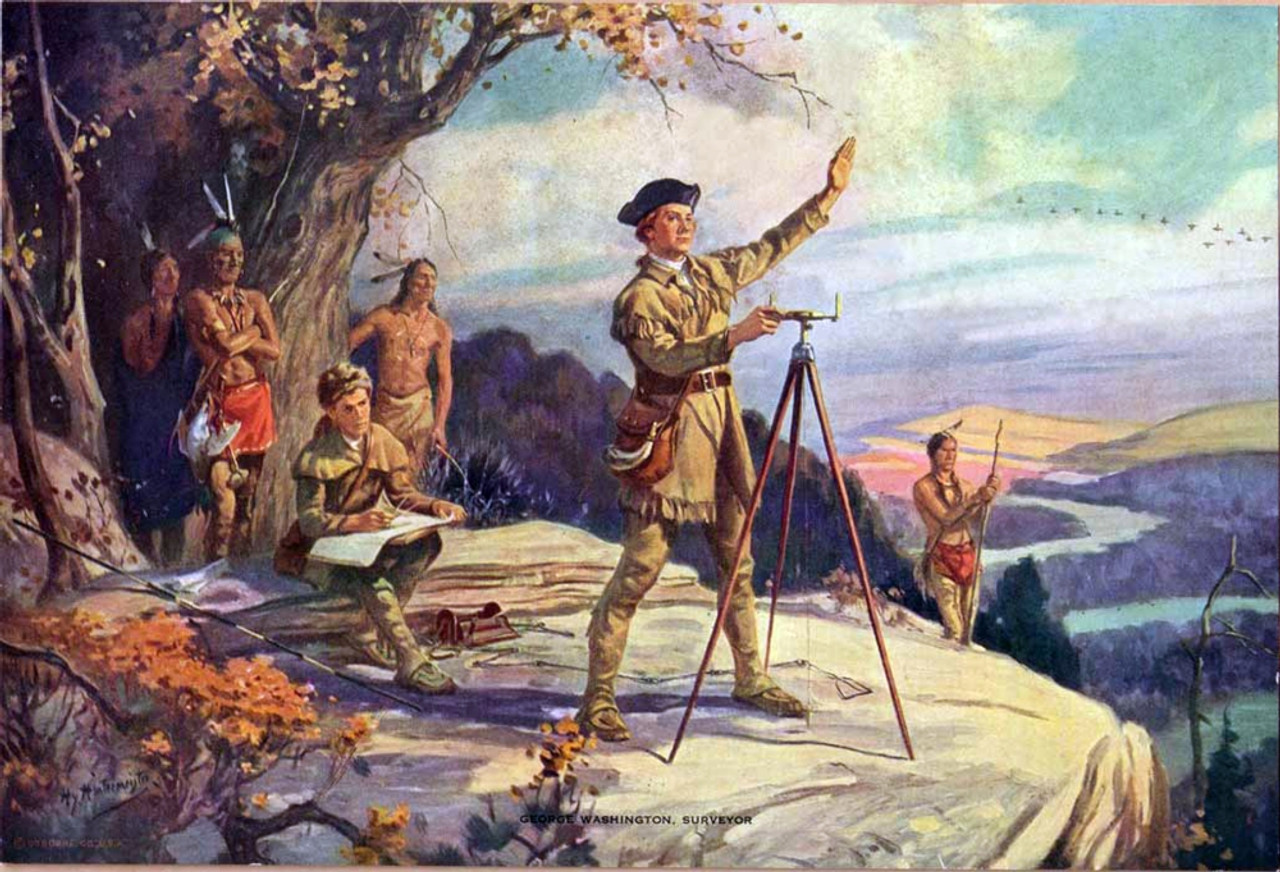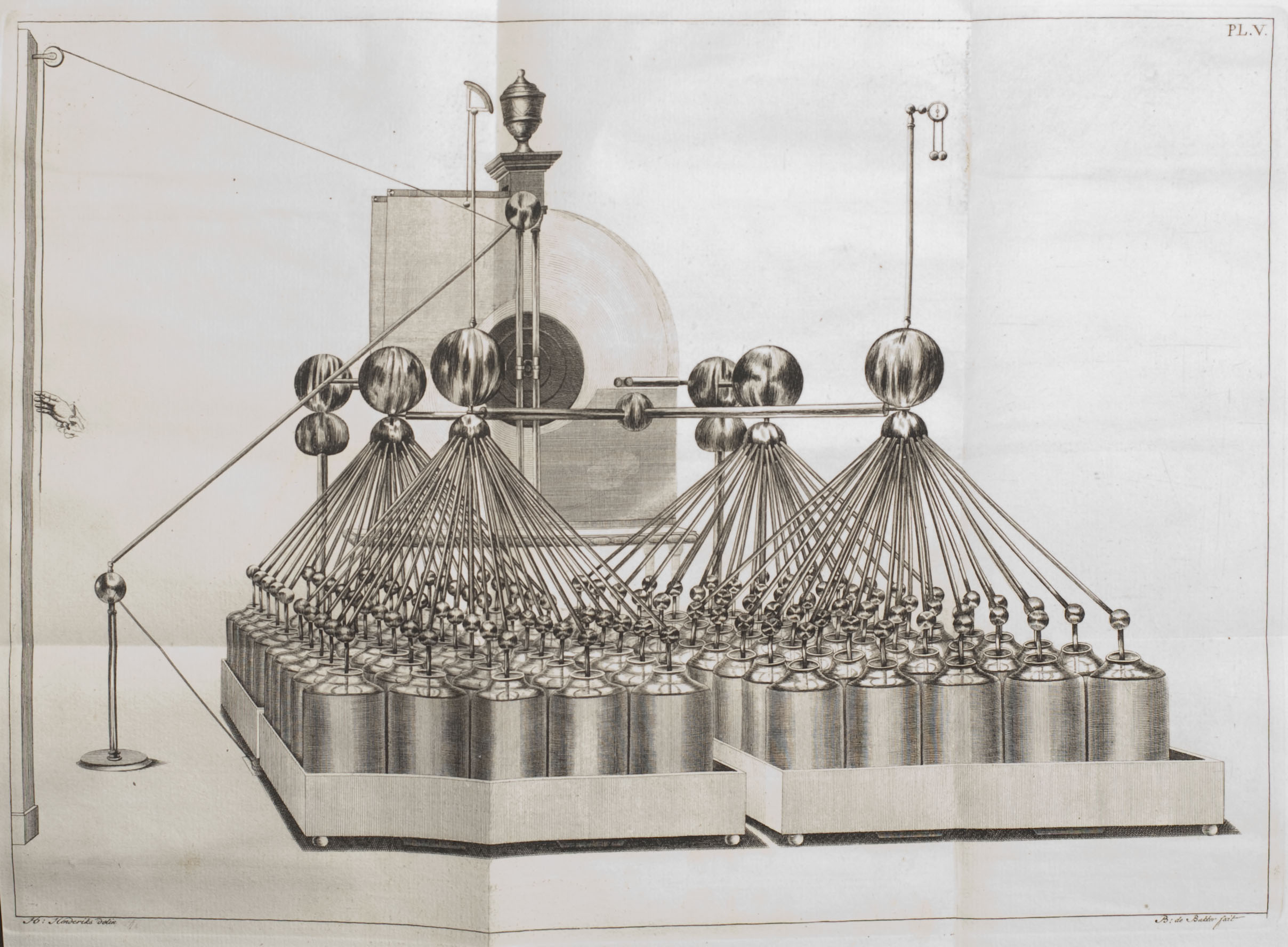Today we examine best practice literature for education building structures developed by accredited and consortia standards developers such as ASCE, ACI, AISC, ASTM, AWS, CRSI, ICC, NFPA and IEEE. The US education industry among the top three largest building construction markets; with annual new and renovated building construction running close to $100 billion annually.
We limit our coverage to low-risk regions in the US, such as areas with minimal seismic activity, low risk of flooding and moderate weather conditions. Another huge topic which we will likely break up into separate modules in the fullness of time. For now, we sweep through the basics:
Foundation
- Site Analysis:
- Conduct soil testing to determine its bearing capacity and composition.
- Ensure the site is properly graded and drained to prevent water accumulation.
- Foundation Type:
- Slab-on-Grade: Common in residential buildings. A concrete slab is poured directly on the ground.
- Basement: Provides additional living space and storage, common in residential buildings.
- Design and Preparation:
- Use rebar reinforcement to strengthen the concrete.
- Install vapor barriers to prevent moisture from seeping through the foundation.
- Properly compact the soil to prevent settling and shifting.
- Concrete Pouring:
- Use high-quality concrete mix suitable for the local climate.
- Ensure proper curing of the concrete to achieve maximum strength.
- Use expansion joints to accommodate temperature changes and prevent cracking.
- Waterproofing and Insulation:
- Apply waterproofing membranes or coatings to protect the foundation from water damage.
- Insulate the foundation to improve energy efficiency and prevent frost heave in colder climates.
Ironwork
- Materials:
- Use high-quality steel that meets industry standards (e.g., ASTM specifications).
- Ensure the steel is properly treated to resist corrosion, especially in humid or coastal areas.
- Design:
- Follow structural engineering guidelines and building codes for the specific type of building.
- Use appropriate load calculations to determine the size and placement of steel beams, columns, and reinforcements.
- Fabrication and Assembly:
- Ensure precision in cutting, welding, and assembling steel components.
- Use certified welders and follow welding standards (e.g., AWS D1.1/D1.1M).
- Pre-fabricate components where possible to ensure quality control and reduce on-site labor.
- Erection:
- Use proper lifting equipment and techniques to safely erect steel structures.
- Align and level steel components accurately before final fastening.
- Use bolted connections where possible for ease of assembly and future maintenance.
- Inspection and Quality Control:
- Conduct regular inspections throughout the construction process to ensure compliance with design specifications and building codes.
- Perform non-destructive testing (e.g., ultrasonic testing) on critical welds and connections.
- Protective Coatings:
- Apply protective coatings (e.g., galvanization, epoxy paint) to steel components to prevent corrosion.
- Maintain the protective coatings over the lifespan of the building.
Use the login credentials at the upper right of our home page.
Related:


